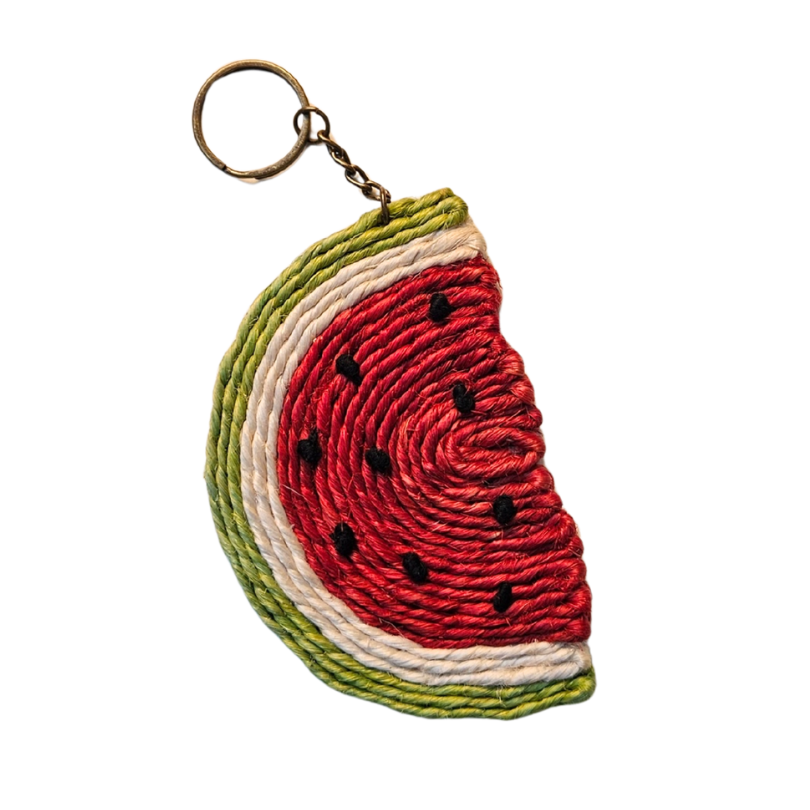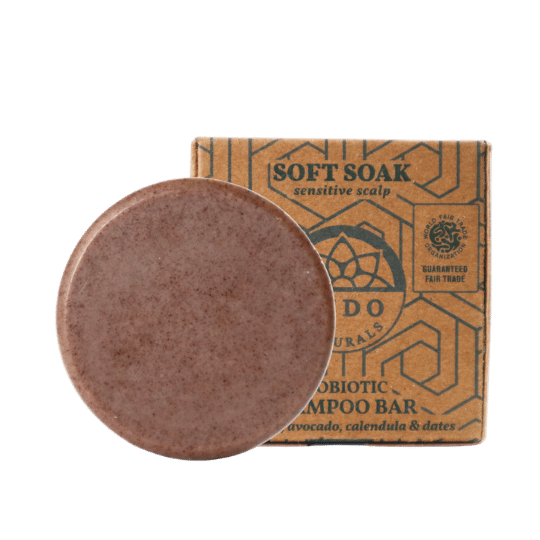The Story of Mona's Ceramic Cups
- Indo Naturals

- Jul 9, 2022
- 4 min read
Updated: Mar 12, 2023
Mona Ceramic cups are designed by Mona Næss at Nesodden in Norway. The design is inspired by the oceans and carries Mona's love for ceramics and passion for youth empowerment.
To easily and directly display where the product is made, the symbol on the cups contains the name Mona, written in Hindi script. This way the cups encourage you to read more about the history behind the product and to give thought to where, how and by whom it was made. The M is there to show that the product was designed by Mona from Norway. This way, the symbolism brings forward the artisan collaboration the product is a result of.
Under you will be able to read the full story and the impact of the product. From raw materials to finished products.

"I am so pleased with the collaboration I have with Indo Naturals / Source For Future. Their expertise in sustainable entrepreneurship is unique and I would never have been able to carry this out without their hands-on presence in India together with the craftsmen. With my background as a designer and with a master's degree in ceramics, I was well prepared for the whole process, which is both time-consuming and requires accuracy in terms of everything from typography and layout on labels and packaging to the tactile details in the mug itself. Both the packaging and the cup itself were almost better than I had expected and all in all, I am very satisfied. I was also very impressed by the 100% sustainable packaging with recycled custom-made solutions! Full transparency during production and a sustainability report at the end of the project was also very important to me. The goal was not "just to design another cup", but to make a product with the overall goal: - sustainable and earth-friendly all the way." - Mona Næss
In Karnataka, a southern state of India, young artisans are crafting the future of environmental and social tableware. Using earth clay and natural minerals, young local artisans are shaping earth into stoneware to last for hundreds of years to come. They seek to change the unequal work field by providing work opportunities to young local artisans while using materials from the earth in the utmost respectable way to the environment.
Artisans are the backbone of India’s non-farm rural economy, engaged in craft production to earn a livelihood. Additionally, In India, it is often the marginalized people doing physical work and craftsmanship. Getting white-collar jobs through theoretical schooling is a focus for most, and by many, seen as the only way of getting out of the low-income groups, earning respect and a livelihood. There is a way to change this and offer the youth that doesn't have a preference to the theoretical scholar path to get a livelihood from creating earth-friendly products. By providing them with a livelihood, they are also simultaneously given the ability to grow through fair job opportunities in craft-ship, specifically in the field of stoneware ceramics. This way, they open up opportunities for artisans to get a fair wage and grow out of poverty.
Raw materials
Earth soil turned into clay and natural minerals are the two main components in stoneware ceramic products. These are sourced from within India itself. The young artisans are highly focused on using only natural, safe and earth-friendly raw materials. Only non-toxic clay and glazes are used. Free from lead, tin, borax and cadmium. And to be completely sure, all products intended to be in contact with food are professionally tested by our testing partners.
Production
The clay and glazes are mixed in-house by the artisans at the facility set up with attention to workers' safety and low energy use

First, the pots are shaped by hand and wheeled into the desired shape, be it a bowl, plate etc. Next, the product is heated to a high temperature in the electric kiln. A modern electric kiln is used to preserve the heat better (reducing energy) and reduce breakage. First, the ceramics are burnt at 900 degrees Celsius, after which it's glazed, and ultimately burnt to 1240 degrees. This creates what is called stoneware - ceramics that are waterproof, food-safe and that can last for centuries.
 Meet Krishan Krishan is 23 years old (2021) and lives in the local area close to ceramic production. He underwent a training program supported by the ceramic master and was later employed. Now he works full time and has been there for 2.5 years. His favourite task is wheel throwing and he is constantly learning new skills. |
ENVIRONMENTAL IMPACT
The products are made using earth soil and natural materials, which requires little energy to extract and has minimal impact on the environment. Thanks to the use of a modern electric kiln relatively less energy are used, and breakage is minimised creating a more energy-effective ceramic firing process. Regardless, creating stoneware does require substantial use of energy, but in return, the stoneware can last for centuries and is free from toxins affecting the environment or our health. Since stoneware is earth soil and minerals turned into stone it can safely be crumpled back into sand and be recycled.
UN Sustainable Development Goal

By using natural materials to create stoneware and the production process requiring extremely fewer amounts of energy, this project contributes to Goal 12; "ensure sustainable consumption and production patterns"
SOCIAL IMPACT
The work done here by these two young artisans emphasizes employing and empowering local artisans by focusing on creating job opportunities. The youth are especially empowered by the provision of a different work field than that of a theoretical scholar's path, contributing to creating a more equal work field for all, irrespective of the career path.
UN Sustainable Development Goal

By contributing to providing livelihoods to local artisans and increasing their job prospects, this project contributes to target 8.5; "achieve full and productive employment and decent work for all women and men, including for young people and persons with disabilities, and equal pay for work of equal value"
By helping create a wider window of job opportunities for youth, also outside of the theoretical schooling path, this project contributes to target 8.6; "substantially reduce the proportion of youth not in employment, education or training"
Livelihoods impacted: 7 young artisans
SEARCH CERAMIC PRODUCTS ON SOURCE FOR FUTURE
Natural and earth-friendly clay and glazes | Highly durable | Restaurant food-safe (high-temperature burning) | Non-toxic (no lead, caladium, or other heavy metals) | Aesthetic natural look | Handmade in India by young artisans



































